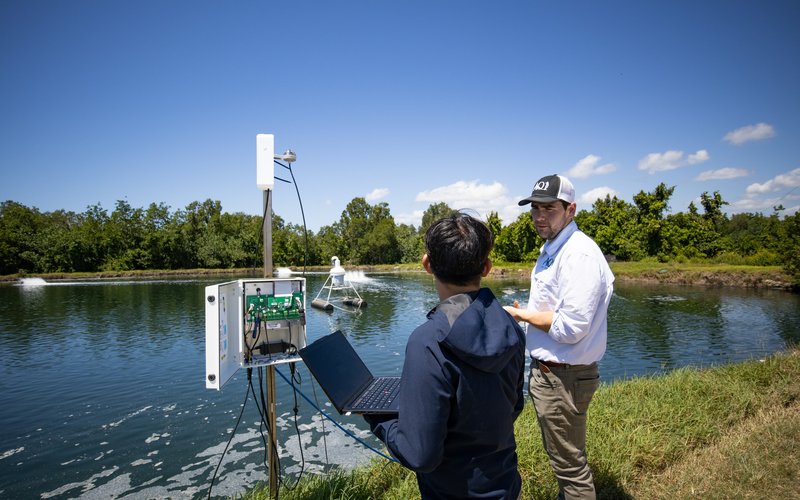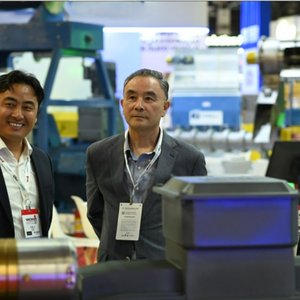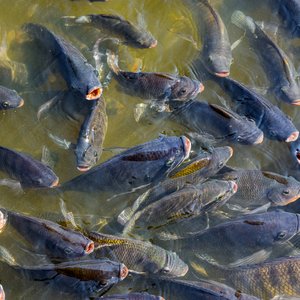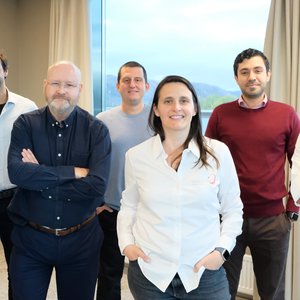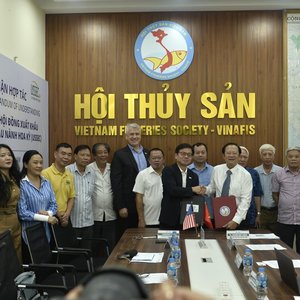Smart feeding systems have marked a major technological leap in recent years, especially in the shrimp industry, moving beyond simple timers to sensors and artificial intelligence for managing feed delivery.
Aquafeed.com spoke with AQ1 Systems to gain insight into the maturity of smart feeding technology, its current stage of development, and what’s next for the technology. The company is among the leading companies driving this innovation, having spent more than three decades developing sensor-based feeding technologies now used in over 17 countries worldwide. In 2022, AQ1 Systems was acquired by BioMar.
“Our focus is simple: deliver reliable, scalable solutions that improve farm productivity and sustainability. We don’t just build technology, we solve real problems for farmers,” the company said.
Its Sonic Feeding System is the first of its kind. The SD100 feeder distributes feed to the pond, while a hydrophone continuously monitors shrimp feeding behavior. The feeding response is analyzed by AQ1’s Adaptive Algorithm, which then determines the next feeding action. “This isn’t about feeding ponds, it’s about feeding shrimp. That distinction is what drives better outcomes,” the company emphasized.
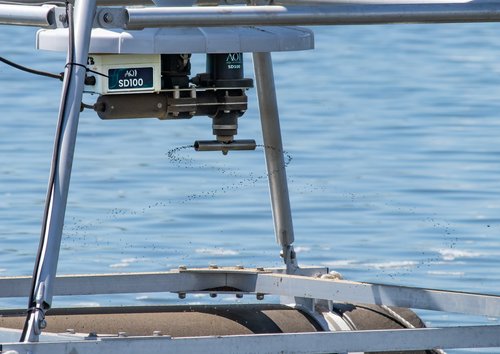
According to AQ1, farmers using its system report improved growth rates, higher survival, and in many cases, lower feed conversion ratios (FCRs). “By feeding based on shrimp behavior, the system minimizes both overfeeding and underfeeding, leading to better biomass yield and reduced environmental impact. These aren’t just claims; they’re supported by data from farms across Latin America, the Middle East, Southeast Asia, and Australia. Farmers in these regions are focused on increasing productivity while cutting production costs,” the company said.
The system ensures feed is delivered precisely when shrimp are ready to eat, maximizing nutrient uptake and minimizing nutrient losses through leaching. “It complements premium aquafeeds by preventing waste and optimizing feed efficiency. We also provide analytics that help feed companies refine formulations for palatability and feeding speed,” AQ1 explained.
Designed for flexibility, AQ1’s systems can scale from small farms to large, multi-site operations. Its hardware and software are easily adaptable, and farmers are supported through the company’s Service Desk, masterclass training, detailed documentation, and hands-on assistance, both on-site and remotely.
Looking ahead
AQ1 is now developing its next-generation smart feeding technology. “The first product of our Gen 2 ecosystem to launch is our new Smart Hydrophone, a game-changing device for shrimp farmers. It’s wireless, equipped with self-test functionality, and packed with revolutionary features to ensure maximum system uptime. The Smart Hydrophone will be followed by additional hardware and software innovations, all focused on improving farm performance,” the company announced.
The company concluded with a clear message: “Automation is no longer optional, it’s essential. As farms grow in scale, synchronizing operations and optimizing production costs becomes critical. Smart systems like AQ1 are the backbone of modern shrimp farming. We’re building tools that help farmers achieve better performance, consistently and sustainably.”


